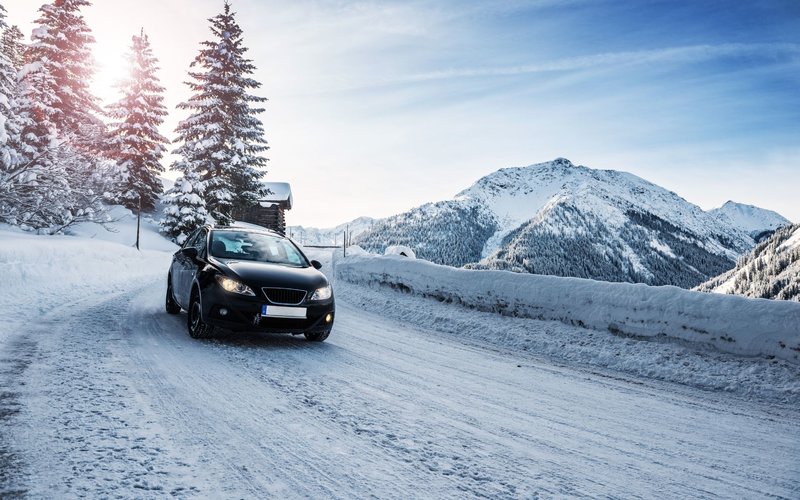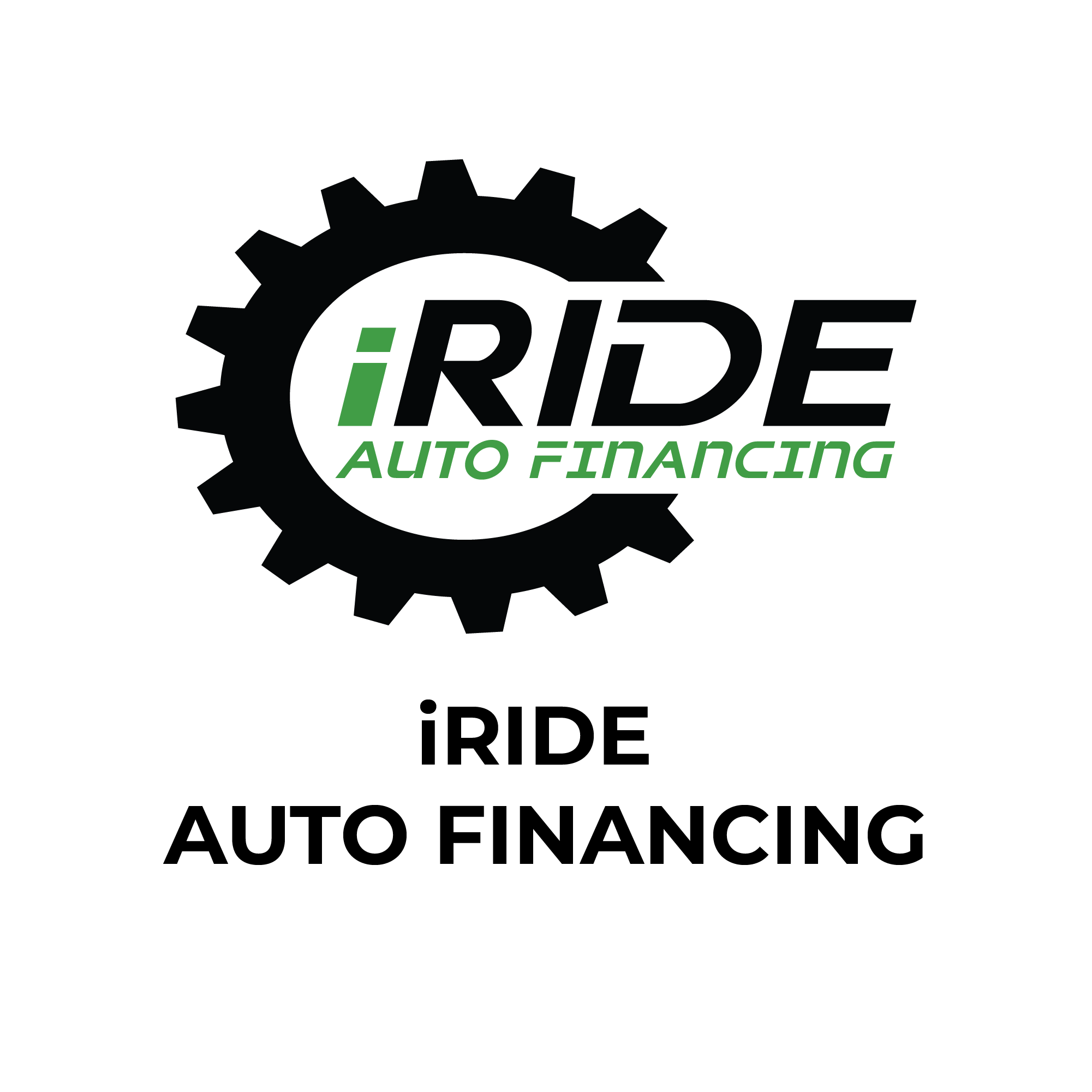How to Ensure Your Pre-Owned Vehicle Is Ready for Winter
December 06 2024

Winter can be especially tough on car batteries, reducing their power as temperatures drop, which increases the risk of failure. To ensure winter readiness, your battery should ideally have a Cold Cranking Amps (CCA) rating of 600 or higher. Check for corrosion on the terminals and ensure all connections are secure. Regular inspections and timely replacements will help prevent cold-weather breakdowns. Here’s how you can keep your battery winter-ready:
Apply for Financing With Bad Credit or No Credit
1. Choose the Right Tires for Winter

The right tires are key to safely navigating snowy and icy roads. Winter tires are designed to handle cold conditions, providing better traction on icy surfaces and in snow compared to all-season tires. The rubber in winter tires stays flexible even at lower temperatures, allowing them to grip the road effectively. Remember, winter tires are especially important if you drive in constantly freezing temperatures. For places where winter isn’t as extreme, all-season tires might be sufficient, but winter tires offer enhanced safety in snow and slush.
2. Check Tire Pressure Regularly

In cold weather, tire pressure can decrease quickly, impacting handling and fuel efficiency. A drop of 10°C can result in a 1 PSI loss, which means your tires may need more frequent checks during the winter. Low tire pressure can reduce traction and increase the risk of accidents. You can find the correct tire pressure information on the placard in your door frame or your vehicle’s manual. Keep your tires at optimal pressure to ensure reliable handling in icy conditions.
3. Keep an Eye on Fluid Levels
Your vehicle's fluids should be well-maintained to handle winter conditions. Start by checking your antifreeze level, as this coolant prevents your engine from freezing. It's best to maintain a mix ratio of 50% antifreeze and 50% water. Another key fluid is the windshield washer, which should be formulated for freezing temperatures. Regular washer fluid may freeze in the reservoir, so switch to a winter-grade formula. Also, confirm that your oil viscosity is suitable for cold temperatures to ensure smoother engine performance.
4. Inspect Brakes and Brake Pads

Brake performance is essential for winter driving, where stopping distances can increase due to slippery roads. Check the brake pads, rotors, and brake fluid to ensure everything is in top shape. Even though cold weather doesn’t inherently damage brakes, worn-out brake pads or rotors can lead to poor braking performance in winter conditions. Having strong brakes will help you stop quickly on icy roads, providing better control and safety.
5. Upgrade to Winter Wiper Blades
Snow and ice can reduce visibility, making it essential to invest in winter wiper blades. These wipers are designed to keep ice from building up on the blades, ensuring they continue to work effectively. Winter wiper blades are heavier than standard ones and use a rubber coating to prevent ice accumulation. Once the warmer months arrive, remember to switch back to standard blades, as the winter versions can place extra strain on your wiper motor.
6. Keep Your Gas Tank at Least Half Full
A half-full gas tank can help prevent your fuel lines from freezing in cold weather. Additionally, if you ever get stranded in the snow, having extra fuel means you can keep the engine running for warmth. This tip also helps reduce the risk of condensation forming inside the tank, which could lead to issues when temperatures drop further. Refill your tank regularly during the winter to avoid running low unexpectedly.
7. Pack a Winter Emergency Kit
Carrying an emergency kit is vital when winter driving. Basic items to include are a snow brush, ice scraper, blankets, non-perishable food, a flashlight, jumper cables, and a first-aid kit. Sand or kitty litter can provide traction if you get stuck on ice, and a shovel can help dig your way out of deeper snow. Additionally, pack a cell phone charger that works in your car, so you have a way to call for help if needed. Being prepared for emergencies can make all the difference during unexpected situations on snowy roads.
8. Test Your Defrosters
Clear visibility is essential in winter driving, so check both your front and rear defrosters. These systems keep your windows free of fog and ice, improving safety. If your defrosters aren’t working properly, it could be due to an electrical issue or a blown fuse. Repair any issues promptly to avoid dangerous visibility problems on the road. Properly functioning defrosters ensure that you can see clearly out of all windows, even in heavy snow or freezing rain.
9. Learn Basic Winter Driving Skills

Knowing how to drive in winter conditions can help you avoid accidents. Practice keeping a safe distance from other vehicles and braking gently to prevent skidding. Learning to steer into a slide rather than against it can also help you regain control if your vehicle starts to skid. Always drive at a slower speed than usual, as winter roads are unpredictable. Taking a little extra time to drive safely is essential in winter, keeping both you and other drivers safe.
10. Check and Replace Essential Engine Parts
Cold temperatures can put additional stress on your car’s engine, so it’s crucial to ensure that essential parts, like hoses, belts, and spark plugs, are in good condition. Old or worn-out components may become brittle in the cold and fail unexpectedly, leaving you stranded. Consider having a professional inspect these parts before the winter season. A well-maintained engine is more likely to handle the demands of winter driving without incident.
Winter Prep for Your Pre-Owned Vehicle
Proper preparation is key to keeping your pre-owned vehicle reliable through the winter months. By maintaining your battery, tires, fluids, and brakes, and by practicing essential winter driving techniques, you can drive with greater confidence on snow-covered roads.


